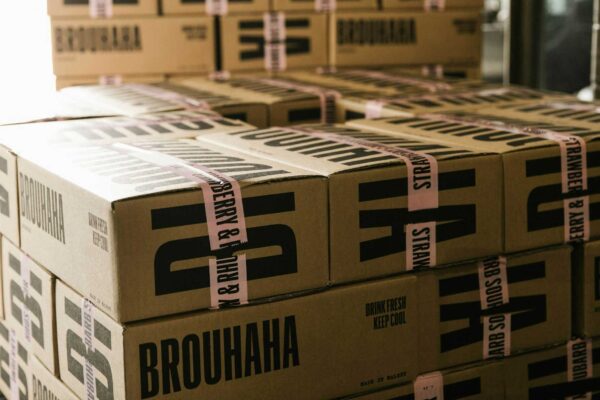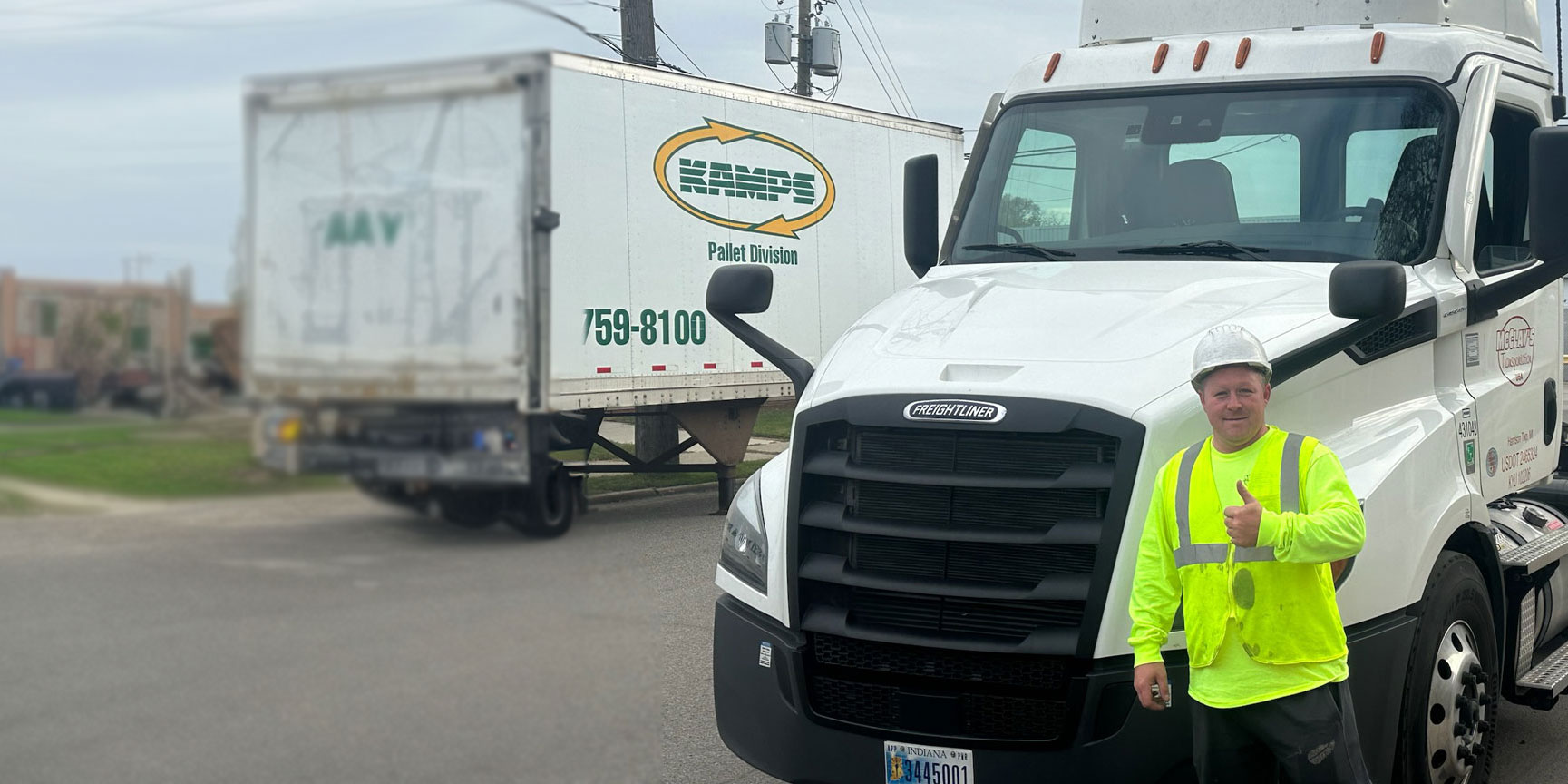

Change-making transportation and logistics insight
We unpack problems, explore solutions, and share perspectives on the latest industry trends, so you can make smart business decisions that help your business grow.

We unpack problems, explore solutions, and share perspectives on the latest industry trends, so you can make smart business decisions that help your business grow.
Just share a few, quick details with us. Our transportation and logistics team will get back to you right away.
"*" indicates required fields